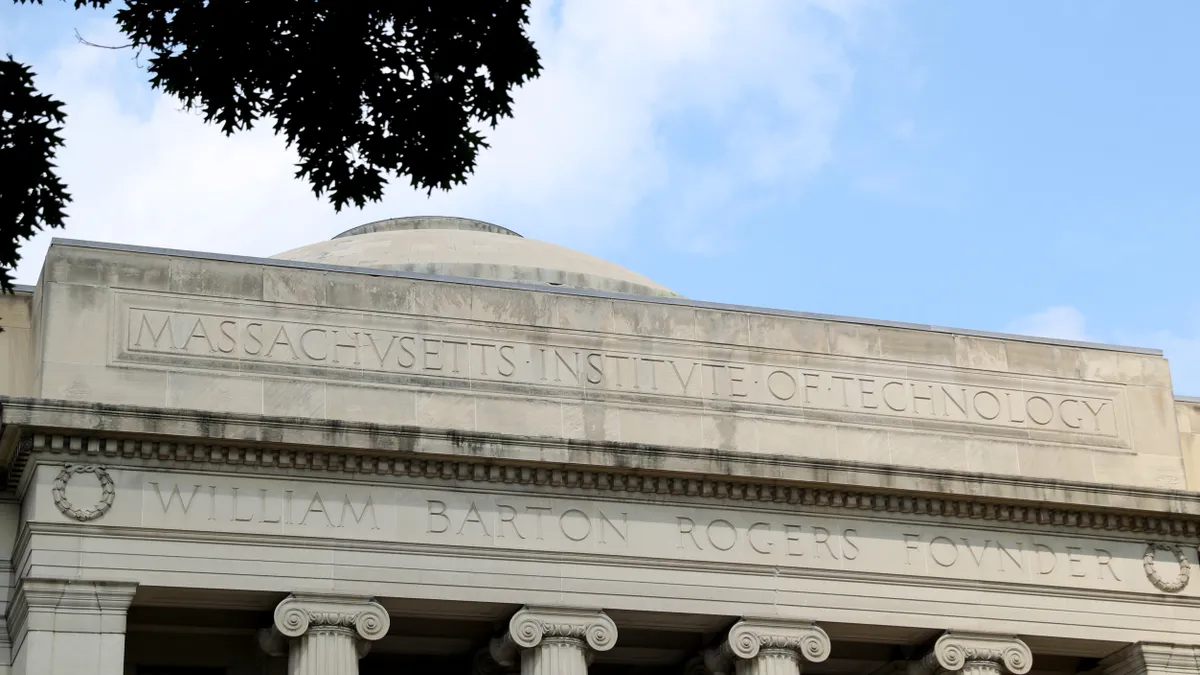UPDATE: Aug. 22, 2019: The University of Alaska System’s board of regents voted unanimously on Tuesday to end financial exigency, Alaska Public Media reported.
The board initially declared the position in response to Alaska Gov. Mike Dunleavy’s move to cut 41% of the state’s support for the system in a single year. Financial exigency would have made it easier for the system to lay off faculty and cut programs.
The governor has since reduced the cuts significantly, which U of Alaska President Jim Johnsen said was a motivating factor in his recommendation that the board end financial exigency.
Dive Brief:
- The University of Alaska System struck a deal with the state earlier this month to pare back an expected single-year budget cut of $136 million to $70 million over three years.
- State appropriations will be cut by $25 million in the 2020 fiscal year from their current level of $327 million, followed by cuts of $25 million and $20 million in the following two years, respectively.
- Slashing $70 million over three years is still "a serious reduction," Johnsen wrote in a letter to the system on Aug. 13, but by spreading it out "the required restructuring can be done more methodically, with less impact on students."
Dive Insight:
U of Alaska plans to move ahead with its proposal to merge its three separately accredited universities into a single institution, and it expects to present a plan for doing so to its board of regents in September. In the meantime, it is laying the groundwork for such a shift.
Initially, the system will restrict hiring, travel and procurement, and will consolidate certain administrative functions, though it will no longer require furloughs. It will also consolidate licenses and contracts "where it makes sense," Johnsen wrote. Reducing facilities maintenance and exploring the sale or lease of some facilities will also be part of the cost-cutting efforts.
To help eliminate duplicative academic programs, a series of workshops will be held on health, engineering, research, education and online learning.
The new agreement between the state and the system includes conditions for both. For the next three years, the university must report annually to the state its progress on cost reduction and consolidation. The state, meanwhile, agreed to expand dual-enrollment and support FAFSA completion for high school students, among other terms.
Although Johnsen is hopeful about the change, the prospect of the initial cuts has already had adverse effects on the system, including trouble recruiting new students and retaining faculty, the Anchorage Daily News reported. They were the catalyst for the push toward a single-university model, which the board of regents approved last month.
Alaska is not the only university system to weigh massive structural changes in light of reduced state support. Wisconsin, for example, consolidated the leadership and oversight of its two-year colleges as state funding dwindled in recent years. But Alaska's dispersed footprint stands to complicate such efforts.
"During many mergers, the campuses are in close proximity to one another. In this instance, the campuses are hundreds of miles apart," Thomas Harnisch, director of state relations and policy analysis at the American Association of State Colleges and Universities, told Education Dive in an interview earlier this month.
Analysts from Moody's Investors Service have said significant, sweeping cuts implemented quickly will be important for the U of Alaska to remain viable. To help do so, the system last month declared financial exigency, though the board has since moved to reverse that decision in light of the blunted cuts.
Sonny Ramaswamy, president of U of Alaska's accreditor, the Northwest Commission on Colleges and Universities, told Education Dive in an email that he was "relieved" at the new proposed cuts because they will allow the system "to be much more thoughtful and purposeful" in how they approach them.
He expected the university would withdraw from financial exigency and that the substantive change process will take less time than anticipated. "We will still need to convene an outside panel of experts and have them vet the change proposal(s), following which our commissioners will vote," he said.














